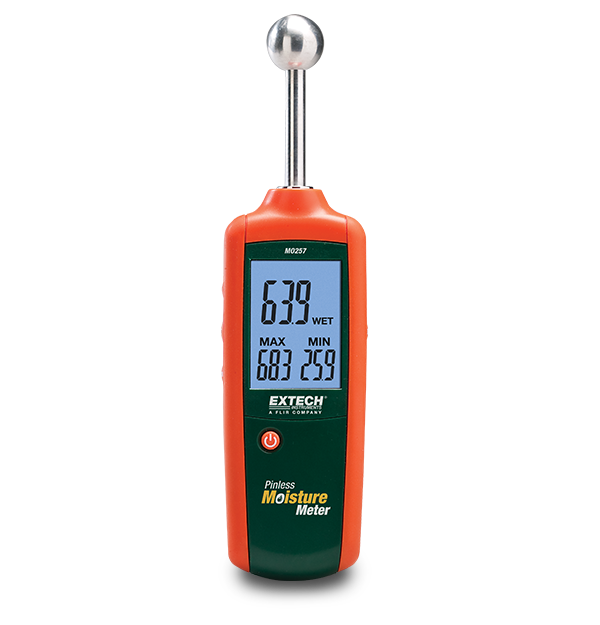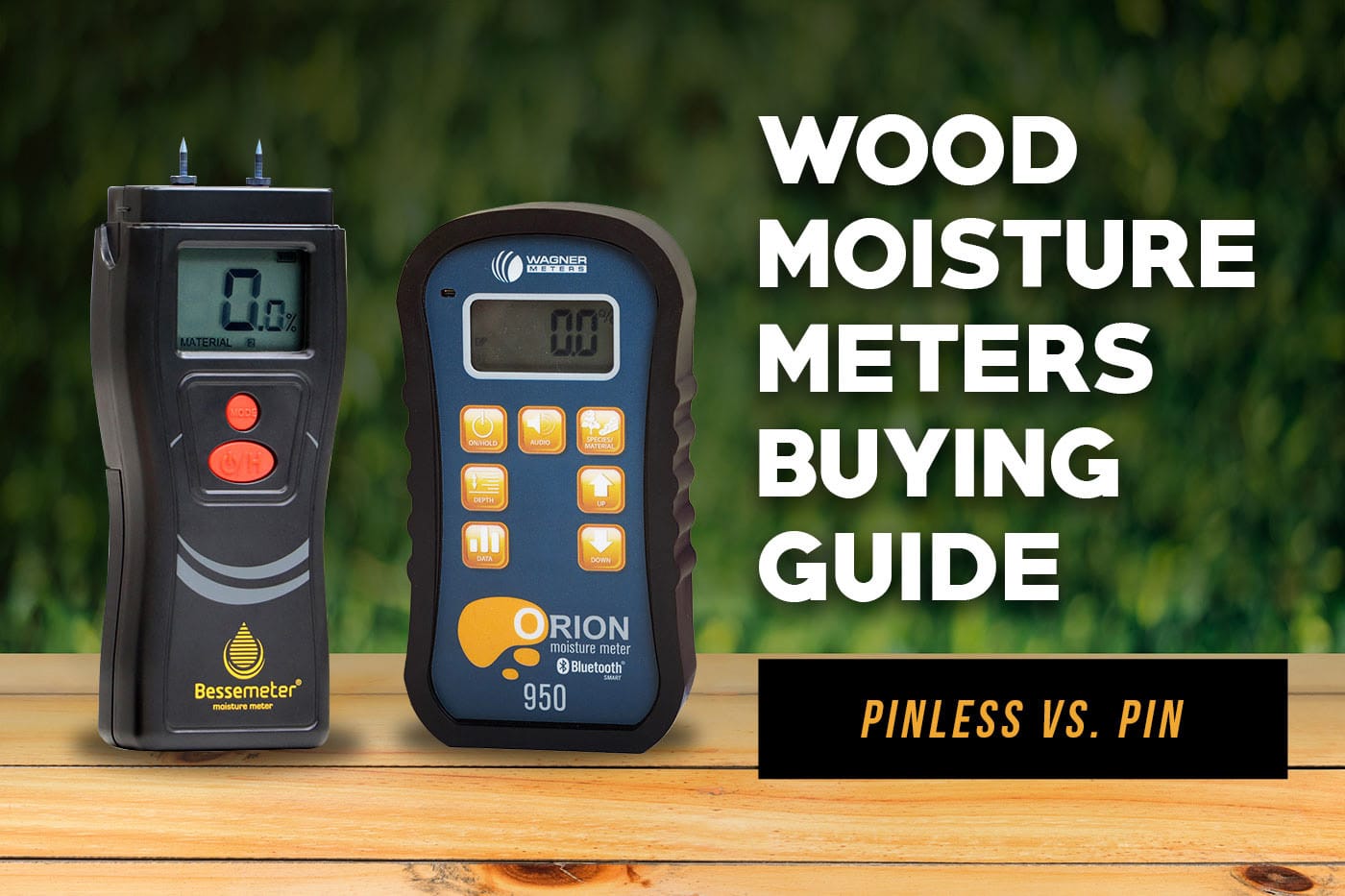Explore the World of Moisture Meters: Every Little Thing You Required to Know
In the world of dampness meters lies a world of accuracy and usefulness that frequently goes undetected. Recognizing how moisture meters operate, the various kinds readily available, and their varied uses can shed light on their value in making certain quality and effectiveness.
Exactly How Moisture Meters Work
Moisture meters run by measuring the electrical conductivity or capacitance of materials to identify the wetness material present. These meters are vital devices throughout numerous sectors, consisting of woodworking, farming, and building and construction. By making use of different techniques such as pin-type or pinless technology, moisture meters provide accurate readings that help specialists make educated decisions.
Pin-type wetness meters work by inserting the sharp pins right into the material being examined. The electric conductivity between the pins is after that determined, with higher wetness levels leading to increased conductivity. Moisture Meter. On the various other hand, pinless wetness meters use electromagnetic signals to check a larger location without causing any kind of damage to the product's surface. These meters are perfect for quickly analyzing wetness levels in huge areas or ended up products.
No matter the method made use of, wetness meters play a critical function in stopping issues such as mold and mildew growth, structural damages, or product issues triggered by excess moisture. Recognizing exactly how these meters job is necessary for guaranteeing the quality and stability of materials in numerous applications.
Kinds Of Moisture Meters
Offered the vital role wetness meters play in various sectors, it is vital to recognize the different kinds offered to experts for precisely analyzing wetness degrees - Moisture Meter. There are mainly 2 main kinds of dampness meters: pin-type and pinless dampness meters

On the other hand, pinless dampness meters use electro-magnetic sensor plates to scan a bigger area of the product without creating any type of damages. This type appropriates for promptly scanning big locations and is frequently made use of for flooring, wall surfaces, and ceilings. Pinless meters are convenient for taking analyses on completed surfaces without leaving any kind of visible marks.
Both sorts of dampness meters have their advantages and are selected based on the certain requirements of the task handy. Comprehending the distinctions between these kinds is vital for experts to make exact moisture evaluations.
Applications Throughout Industries
Building professionals depend on moisture meters to examine the moisture levels in structure materials like drywall, concrete, and wood, which is critical for preserving architectural integrity and stopping issues like rot or mold. The floor covering industry uses dampness meters to measure the wetness web content in subfloors pop over to these guys before installing different flooring coverings, stopping pricey damages due to excess wetness. In the food market, dampness meters are used to keep an eye on and regulate moisture levels in products such as grains, nuts, and dried fruits to keep quality and quality.
Tips for Utilizing Dampness Meters
Utilize the moisture meter's calibration settings to guarantee precise analyses when determining the wetness material in numerous products. Furthermore, make certain the meter is established to the right wetness array for the product you are gauging to acquire the most exact results.
When utilizing a pin-type dampness meter, put the pins to the ideal depth recommended for the material being checked. This makes sure that the moisture readings are taken from the proper depth within the product, offering a much more accurate depiction of its moisture web content. For pinless wetness meters, remember to keep appropriate contact with the product's surface to obtain reliable analyses.
On a regular basis check and change the batteries in your moisture meter to stop inaccurate readings as a result of low power. Shop the meter in a safe and dry location when not being used to prolong its life expectancy and keep its accuracy. By following these ideas, you can make best use of the efficiency of your dampness meter and get specific dampness material measurements across various materials.
Upkeep and Calibration
To guarantee the accuracy of dampness material measurements, normal maintenance and calibration of the dampness meter are vital steps in its appropriate performance. Calibration adjusts the dampness meter to make sure that it provides regular and dependable outcomes.
Calibration ought to be carried out regularly, specifically if the dampness meter is utilized regularly or in important applications where accurate measurements are called for. By calibrating the wetness and keeping meter frequently, users can rely on the accuracy of the dampness content measurements gotten.
Verdict

In final thought, dampness meters play a crucial role in various industries by properly measuring the moisture web content of materials. Recognizing just how these devices work, the different kinds available, and correct maintenance and calibration are important for official site obtaining trusted outcomes. Whether in farming, production, or building and construction, the usage of dampness meters aids make certain quality assurance and performance in procedures.

In conclusion, wetness meters play an important function in various sectors by properly determining the dampness content of materials.